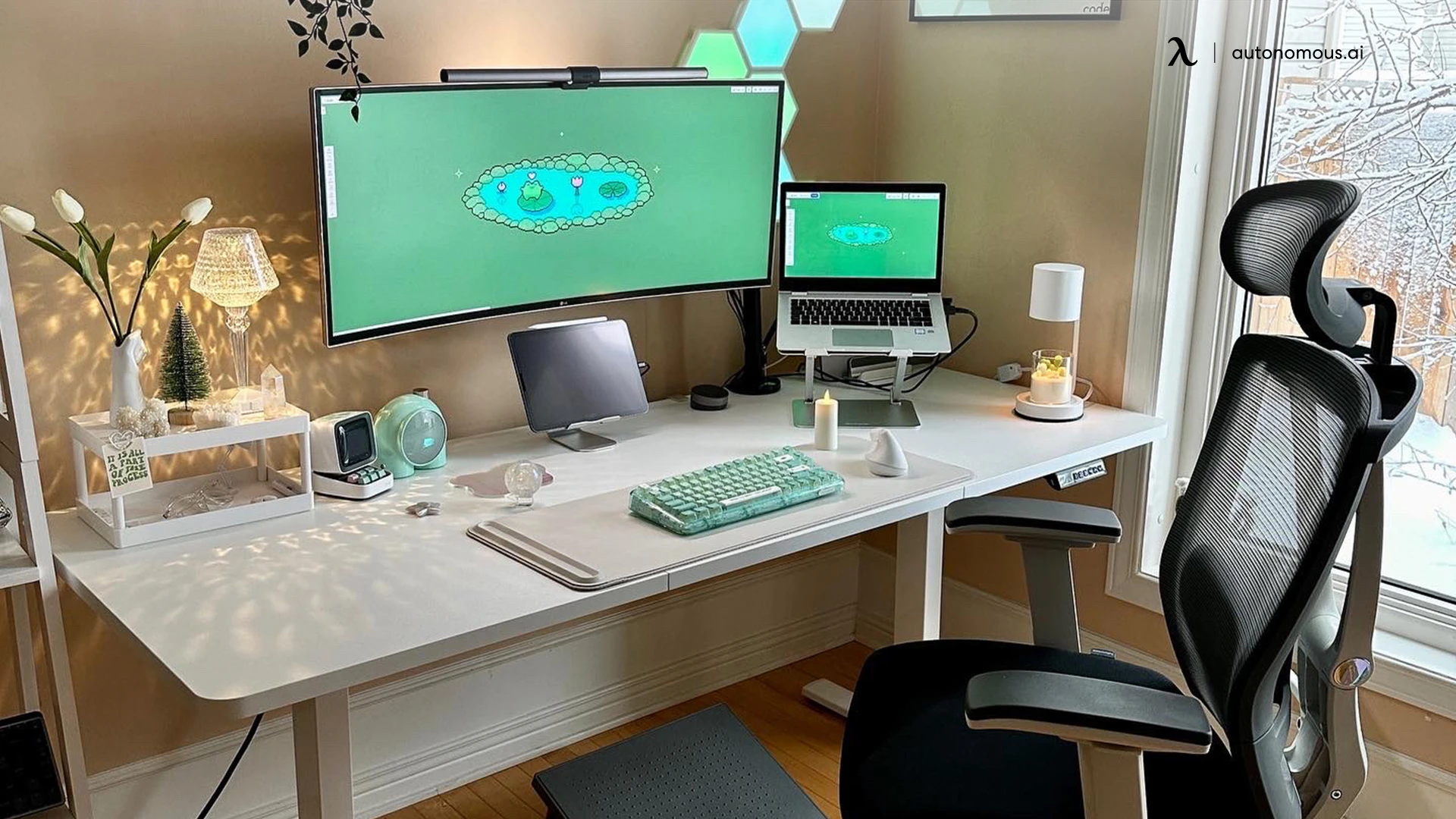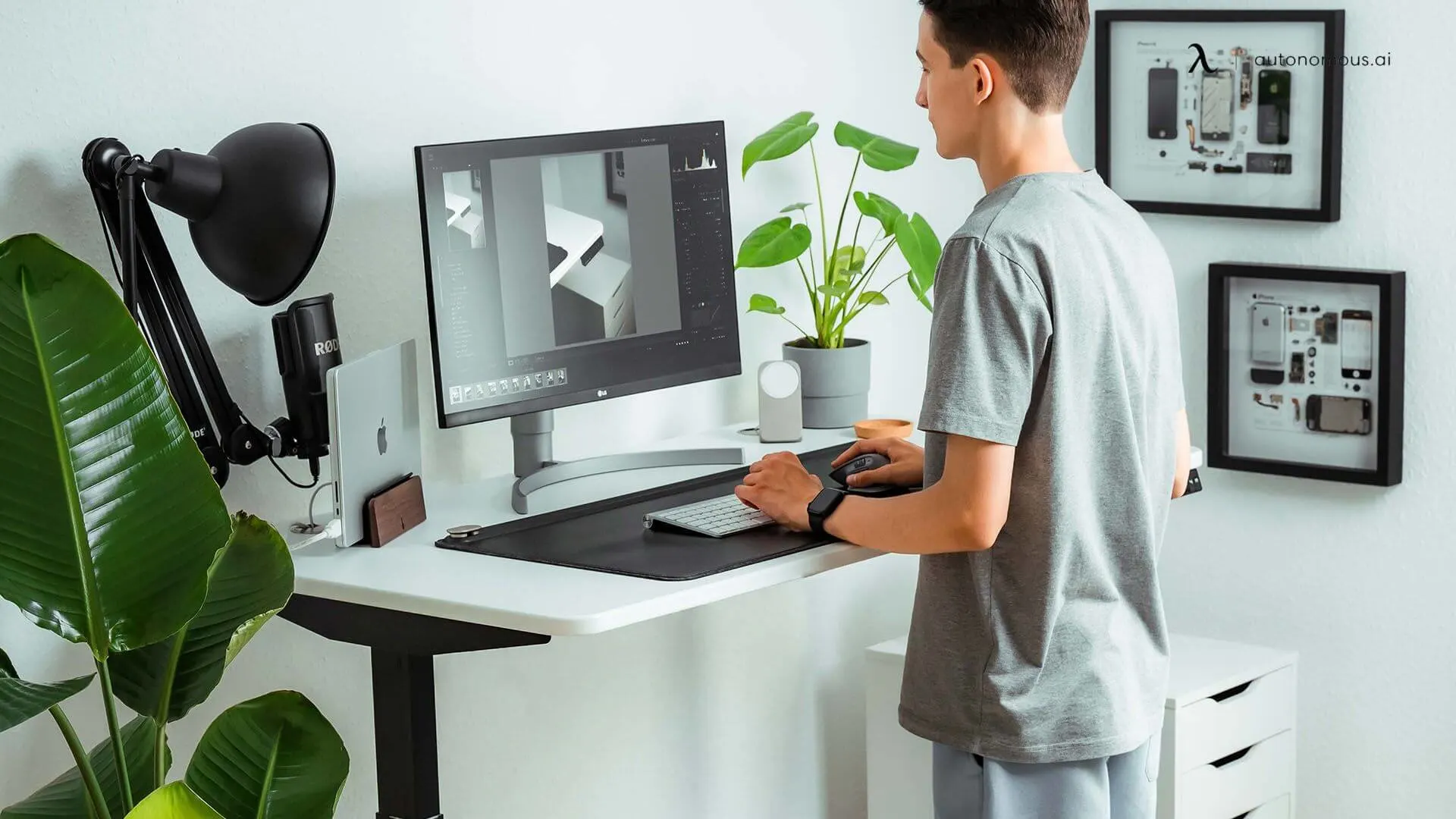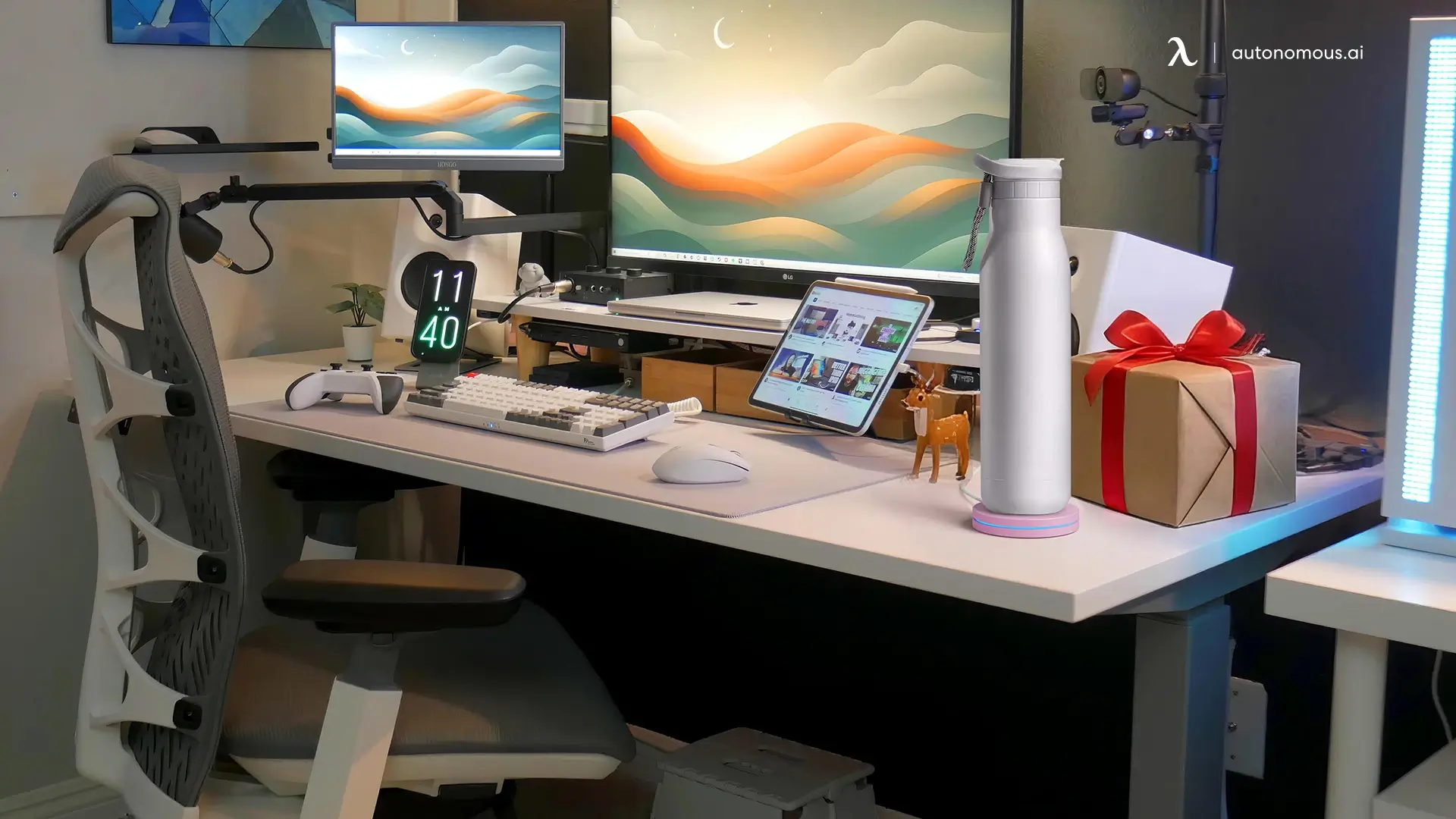- Newest
- Most viewed
Interested in a Link Placement?

20 Best New Year Gifts for Your Boss Who Has Everything
Best New Year gift for your boss that hit the sweet spot: professional, useful, and genuinely appreciated. Desk essentials and wellness upgrades they'll use.
Latest Updates | Dec 17, 2025 545 views

Best Christmas Gift Cards for Easy Gifting
Latest Updates | Dec 12, 2025 395 views

GeForce RTX 5080 Review: Gaming, Ray Tracing & Creator Power
Gaming Setup | Dec 17, 2025 566 views

OnePlus 13 Review: Is It Worth the Price in 2025?
Dec 16, 2025 751 views

20 Personalized Christmas Gifts That Actually Feel Special
Latest Updates | Dec 15, 2025 674 views

Best Christmas Apple Deals on iPhones, iPads & More
Latest Updates | Dec 11, 2025 376 views

Apple Watch Series 11 Review: Should You Upgrade?
Latest Updates | Dec 10, 2025 237 views

Best $20 Christmas Gifts That Don’t Feel Cheap at All
Latest Updates | Dec 6, 2025 258 views

Best Office Christmas Tree Ideas for Every Workplace
Latest Updates | Dec 7, 2025 576 views

6 Best Small Christmas Gift Ideas for Coworkers Under $5
Latest Updates | Dec 5, 2025 215 views

25 Festive Office Christmas Party Decor Ideas
Latest Updates | Dec 5, 2025 892 views

Christmas Gift Quotes to Write on Cards, Tags & Messages
Latest Updates | Dec 4, 2025 805 views
.svg)
